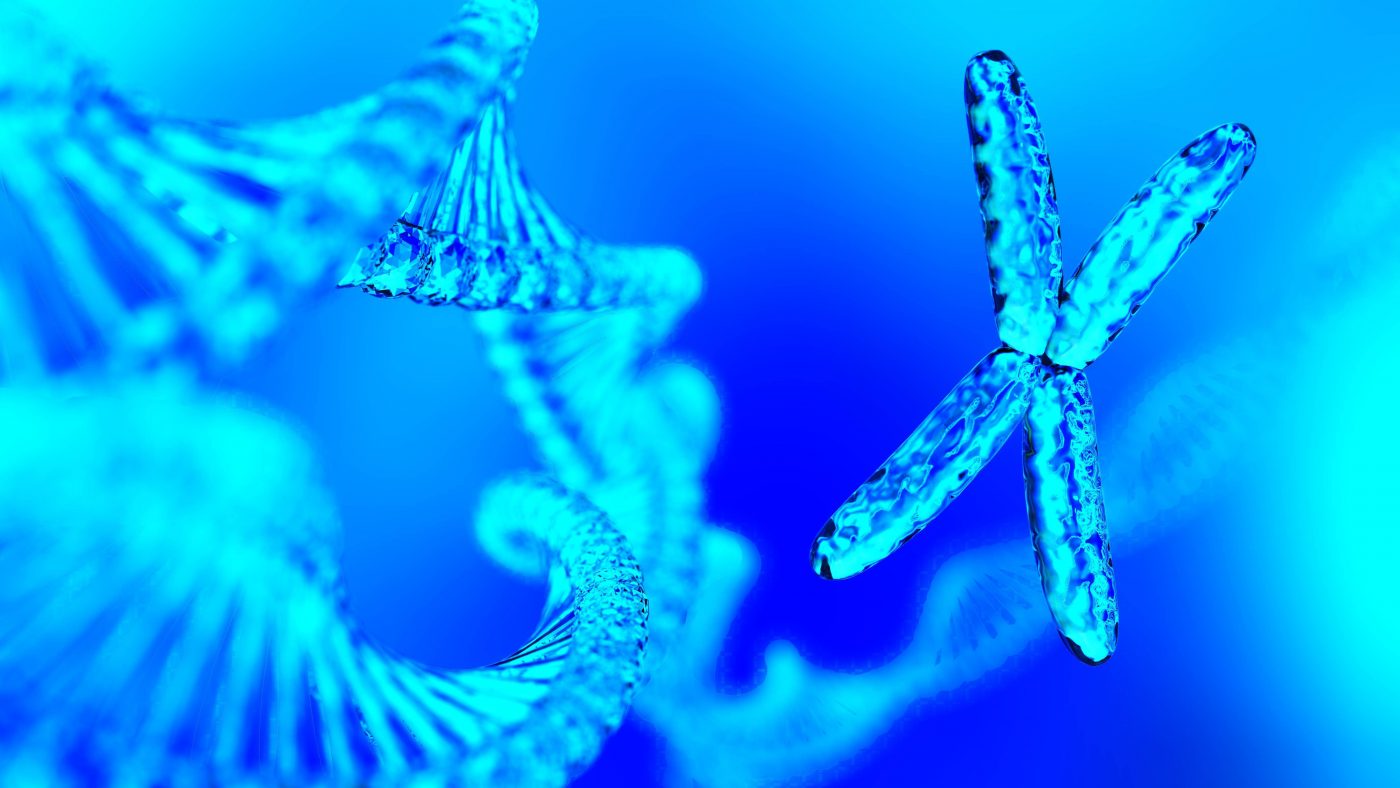PAX7 Target Gene Repression is a New Hallmark of Facioscapulohumeral Muscular Dystrophy, Study Suggests

Scientists at King’s College London, UK discovered that the PAX7 gene and its regulatory gene network is a new hallmark of facioscapulohumeral muscular dystrophy (FSHD). Moreover, PAX7 works better as a biomarker for the disease than the current leading candidate gene DUX4.
The study “PAX7 target genes are globally repressed in facioscapulohumeral muscular dystrophy skeletal muscle” was published in the journal Nature Communications.
Previous studies have genetically linked FSHD, an inherited muscle dystrophy, to an array of repeats located at the end of chromosome 4, a region known as D4Z4. As a consequence of such repeats, the DUX4 gene is turned on.
DUX4 is a transcription factor, which means it has the ability to bind specific DNA segments, its target genes, and regulate their expression – either on or off. However, the expression of DUX4 gene has been difficult to detect in FSDH muscle biopsies, leading to debate on whether it could be considered as a biomarker for the disease.
PAX7 is a major regulator of myogenesis — formation of muscular tissue that was shown to rescue cells from DUX4-mediated cell death.
Now, researchers propose that suppression of the PAX7 transcription factor target gene network is a new hallmark for the disease.
The researchers used data from six previous FSHD muscle biopsy gene expression studies and validated it through RNA-sequencing technology in muscle cells – a technique that identifies and determines the RNA molecules. They researchers discovered that DUX4 also perturbs the PAX7 target-gene network.
Activation of DUX4, researchers explained, may lead to FSHD by two mechanisms: first by activating a set of genes that promote muscle cell death and, consequently, contribute to disease progression; and secondly, by perturbing the ability of PAX7 to regulate its target genes, resulting in significant alterations that also promote the disease.
The results support PAX7 target gene repression as a new hallmark for FSHD. This new molecular event should be considered for future studies related to the disease pathology and therapy.
Overall, “we propose that the model of FSHD molecular pathogenesis should be updated to incorporate PAX7 target gene repression as an important molecular mechanism and to refine current therapeutic strategies,” the study concluded.






